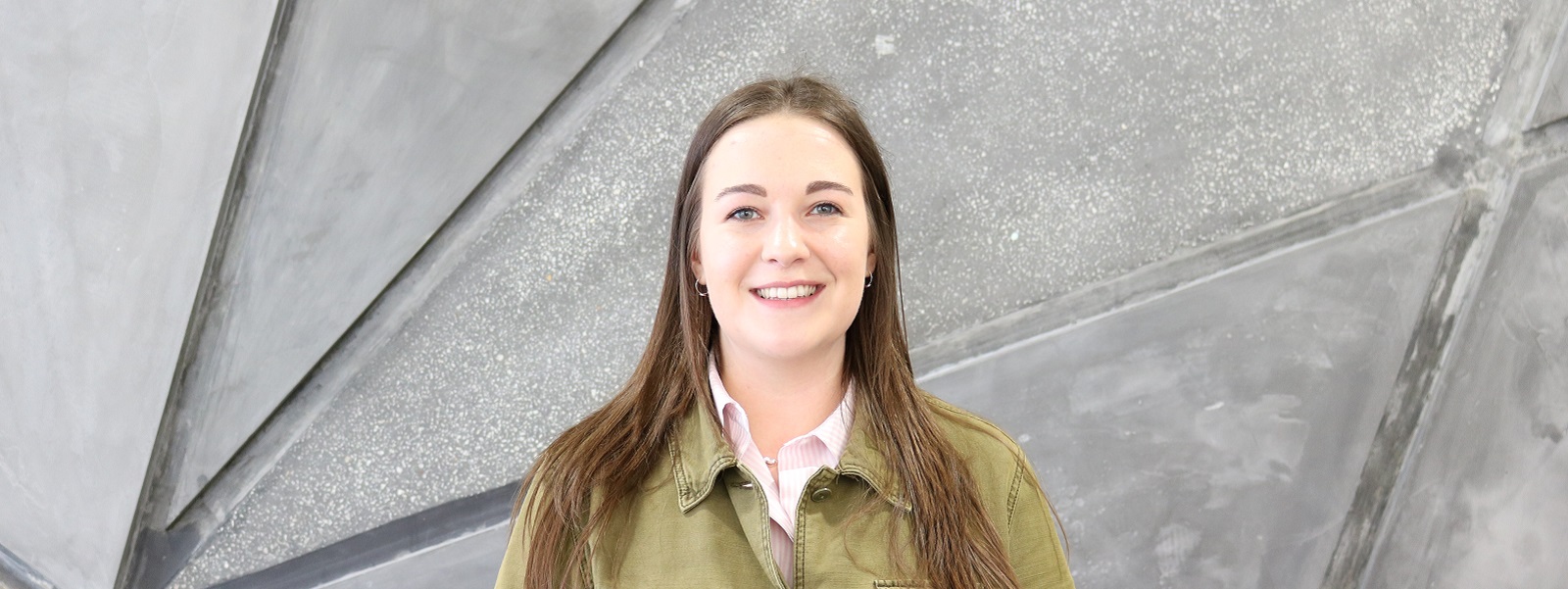Tell us a bit about yourself...
I’m 23 years old and from Edinburgh. My previous degrees were in history and so I am a historian by trade, but I’m now in the English department. I’m vegetarian, I like cycling, and I have Italian family and like to spend time with them in Italy when I can.
Why did you choose Strathclyde for your postgraduate research study?
I didn’t choose Strathclyde so much as it chose me! My PhD was organised by supervisors at Strathclyde with an AHRC-Collaborative Doctoral studentship and a project proposal already attached. During my masters degree, I was looking to apply for a PhD in a similar research area and when I saw the PhD advertised at Strathclyde I applied for it, interviewed, and then, thankfully, was offered the position.
Tell us about the nature of your research?
I look at popular Scottish magazines between 1870 and 1920 and analyse what made these magazines popular, why, and how they became such essential items of mass-readership. A key aspect of this research is the relationship between the people and the press, and a lot of my work so far has been looking at those who owned, edited and worked for magazines, as well as those who read and contributed to them. By using magazines as my source, I aim to answer a leading question: what was the popular literary culture of Scotland between 1870 and 1920, and what does it tell us about Scottish national identity? A major case study for me is the People’s Friend, by far the most popular magazine of my period but still seldom used by scholars. The magazine was established in Dundee in 1869 and this year celebrates its 150th anniversary, and I’ve been involved in some public and academic events this year to celebrate this milestone.
What do you like about your research area?
I like that nobody’s looked at it before! There is very little published work on Scottish magazines and, for a long time, the history of the Scottish periodical press has received far less attention compared with British, European and North American counterparts, so my research is new and has the potential to enrich the existing historiography about popular literary culture of modern Scotland. My research feels very current in today’s publishing climate; print magazines are in decline and digital is now the accepted format of reading, but in my research, the weekly magazine was a staple source of information, education and entertainment shared amongst family and friends. Essentially, magazines have not changed in this purpose, but the relationship between readers and how they access popular magazines has. My PhD asks a very timely question shared by many editor-in-chiefs: what makes a magazine popular?
What’s the Strathclyde research community like?
I am one of a small group of English postgraduates in the Humanities Graduate School, which is a real advantage because you can get to know those around you much quicker and feel part of an established community from the get-go. Within English, there are several colleagues working on similar research areas and learning from them over a coffee or in a meeting is a real pleasure and feels like a real collaborative effort within the department.
What are the Strathclyde facilities like?
The graduate space in the Lord Hope Building is a great area to work in and is close to supervisors’ offices and meeting rooms. I am a big fan of Strathclyde’s Archives department in the Andersonian Library. There is a wealth of archival material available there and the archives team are incredibly helpful and keen to support students to use their materials. Even though I don’t use it nearly as much as I should, having the brand new sports centre – and bicycle racks – next door to the Humanities building is helpful because it’s there when I have a chance to use it.
Tell us about the support from your supervisor and the wider Strathclyde team?
I feel very lucky to have supervisors who are encouraging, knowledgeable, and are already established colleagues at Strathclyde. We’ve already collaborated on a public event celebrating the history of the People’s Friend at the Mitchell Library in April and it feels nice to be part of a team. Being supervised by a woman who is both a leading scholar and a professor and head of the School of Humanities is also incredibly inspiring. As a young female researcher, it’s so important to have female representation in senior university positions and academic research, and I appreciate Strathclyde’s outlook on equal opportunity employment.
What's the best thing about Strathclyde?
For me, it’s the location. It’s unbelievably helpful to have a university campus so close to a train station. This means that I can travel easily when I go on research trips and, as a cross-institutional PhD student, I can get to Edinburgh quickly if I have a meeting or research to do there. Strathclyde’s campus is also not far away from other higher education institutions, like Glasgow Caledonian University and City of Glasgow College, so you feel part of a busy student atmosphere, just as much as our colleagues in the West End. Glasgow is a really cool place and I’m enjoying spending more time here and getting to know the city’s public libraries, museums and night-life better.
What would you like to do after your PhD?
At the moment, I’m not sure. My particular PhD funding body encourages its students to consider jobs within the culture and heritage sector and as part of this, I’ll be doing an internship at my partner institution, the National Library of Scotland, where I’ll be working on digitisation of the Library’s collection of magazines. I’m really looking forward to this opportunity to delve into curatorial discussions about how the Library preserves its collections digitally and excited to see what I will learn and what direction this might take me in.
